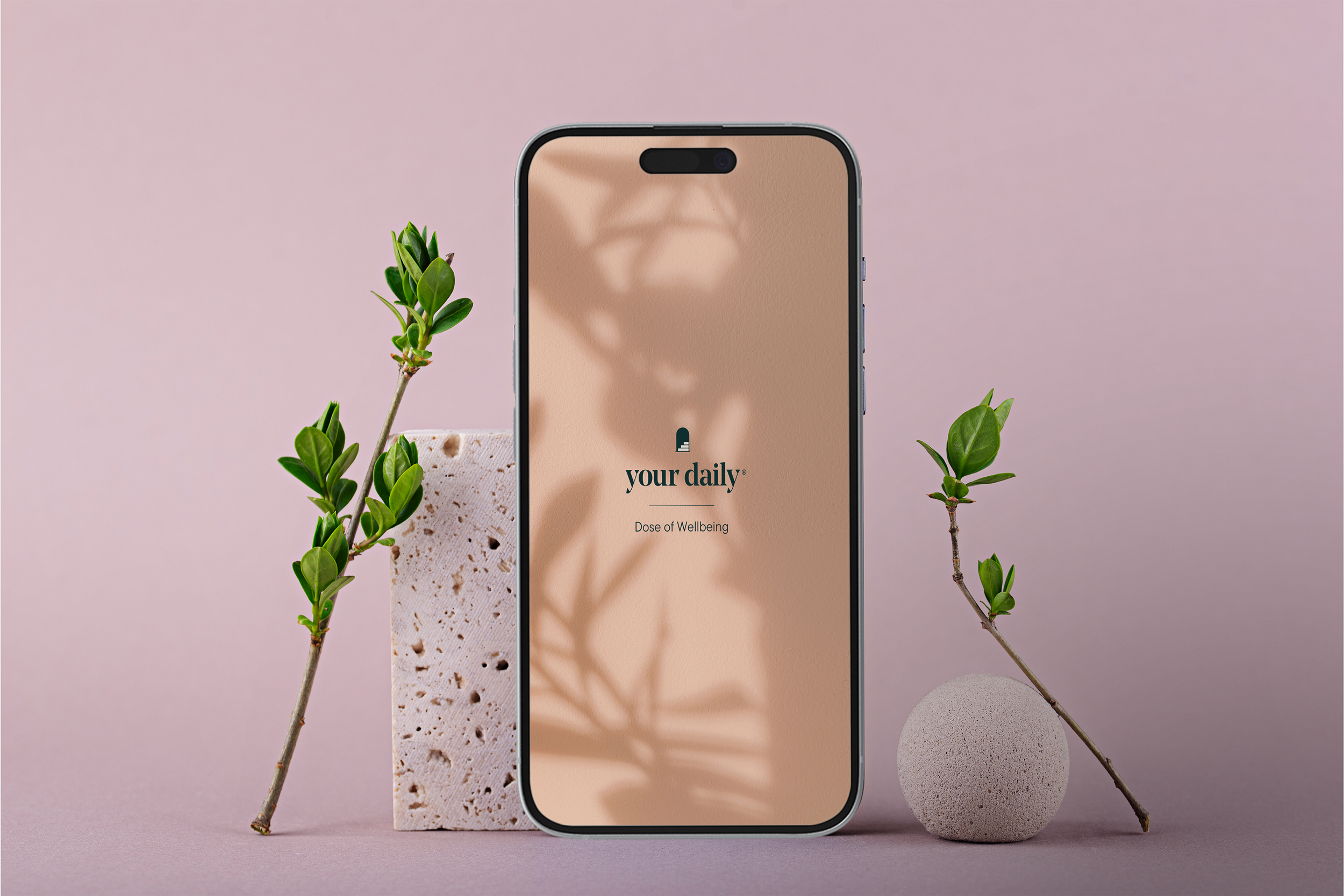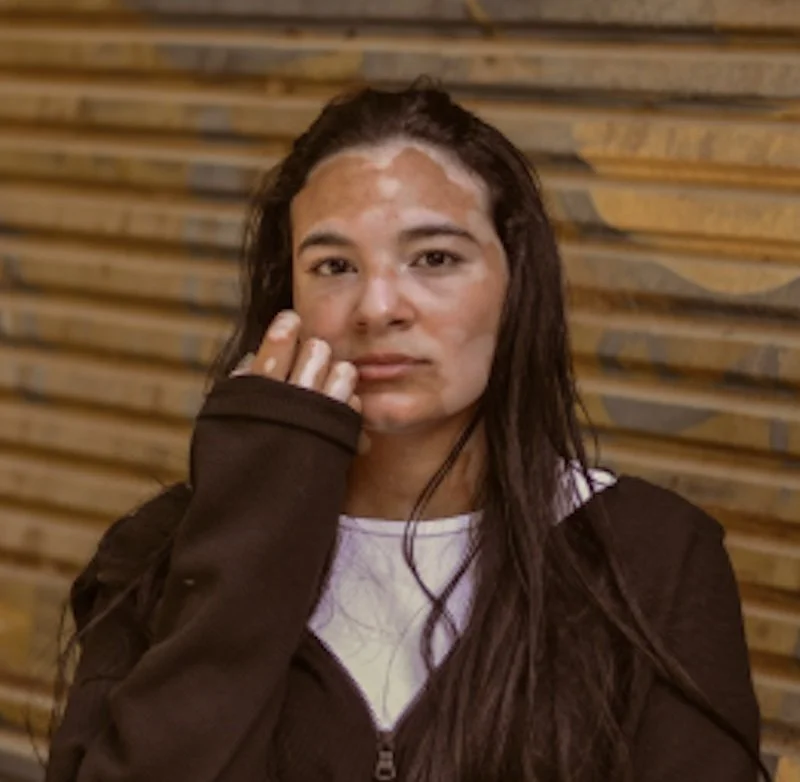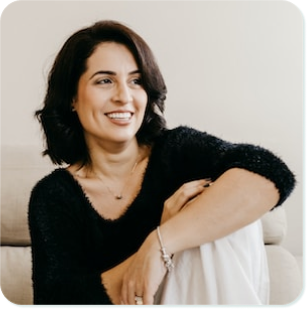YOUR DAILY
Your Daily Health Coach app is a nervous system reset program that helps you heal the nervous system, retrain the brain, and heal chronic stress in less than 5 minutes a day. Your daily uses the latest neuroscience and nervous system research to help users heal their bodies.
Timeline: 3 weeks
Tools: Figma, Figjam, Google docs
Team Members: Eric Ivanenko, Vania Liu, Tyler Gates
MY ROLE: LEAD USER EXPERIENCE designer
Kick off
To initiate our project, we commenced by meeting with Shawna, the owner of Your Daily app. Our initial focus was on identifying the key priorities she must address in the upcoming three-week sprint.
Must-have top priorities:
Paid content template.
Welcome flow and initial personalization.
"Next Lesson" button - Revise or redesign for navigation updates.
Design system.
Rename components.
Paywall.
Journal prompt organization.
Once I grasped and established a good sense of our direction we then went on to delegate tasks and give ourselves a timeline to stay organized and accountable for each other. We took each other’s estimated deadlines and jotted them down in a chart.
Task MANAGEMENT
COMPETITIVE and COMPARATIVE
After our initial meeting with Shawna the owner of YOUR DAILY, we decided to take a step back and review what other health apps were doing. This research will help us gain insights and inspiration for our project. One of our biggest focus points was to find a clearer welcome flow and to find a more effective way for the paywall to be reached.
research data
Research Data Points
Using AI interview transcriptions, we began creating data points from our user interviews and organizing them by user and user type. Tyler then supplemented this with research summaries to provide further context.
Affinity Mapping
During discussions with my team, the team proposed the idea of generating an affinity map based on our user interview data. This involved crafting a series of "I" statements and pairing them with the previous personas.
INTERVIEWS
Our team engaged in a total of seven user interviews: three involved current app users provided by the owner Shawna, while four involved non-users found by my team and I. Despite not having access to previous teams' interview transcripts or recordings, we utilized affinity maps from their user interviews to inform our approach.
who are they?
Our main criteria was to find women with autoimmune diseases on their self-care journey. We were hoping to target women ages 25-50 to make sure we stayed true to Shawna’s age group. We assessed non-users' comfort with app navigation and how well the app met their needs. For current users, we explored app integration into daily life, motivations for use, payment choices, and areas for improvement based on user feedback.
what We were looking for?
what did they have to say?
Users were looking for:
Designing a user-friendly structure for paid content that enhances navigation and ensures users feel well-informed.
Developing a welcoming flow that seamlessly guides users into the app and fosters a sense of care and attention.
Establishing an organizational structure for journal prompts to make sure the user feels heard.

Personas
the problem
Gianna
Gianna needs more transparency of information when it comes to courses and workshops to trust that they will improve her confidence and quality of life.
Jennifer
Jennifer needs more personal, supportive tools to help her develop a more sustainable and authentic self-care routine.
solution
Users will experience improved clarity upon entering the app, featuring a more guided welcome flow, a streamlined paywall, and an enhanced journaling feature.
Ideation
After finishing our ideation and sketches we agreed on the overall features and went into a meeting with Shawna to get her approval on what we came up with. Once we got the green light Vania kicked us off with our lo/mid fi. Our initial analysis confirmed that users shared similar concerns to our clients' priorities. Key areas for improvement highlighted by users included the welcome flow, journal section, paywall implementation, navigation system, language clarity, page/text length reduction, and distinguishing paid vs free features.
Must Have
Paywall
Welcome Flow
Transition into courses
New Sitemap
New Design System
should Have
Homepage Redesign
Journal prompts redesign
Language changes
Bottom nav implementation
could Have
Membership incentive
Paid features tags
Flare-up button
Condense long text
won’t Have
Coming Soon tags
Rewrite questionnaire
AI assistant
Translation
DESIGN system
I put together a design system which was crucial to the job because…
Consistency: It ensures that all elements across the product have a cohesive look and feel, promoting a seamless user experience.
Efficiency: By providing reusable components and standardized design patterns, a design system streamlines the design and development process, saving time and effort.
Scalability: As the product grows and evolves, a design system allows for easy scalability by providing a structured framework for adding new features and functionalities.
Maintainability: It facilitates easier maintenance and updates, as changes made to the design system automatically reflect across the entire product, reducing the risk of inconsistencies.
Collaboration: A design system serves as a central reference point for designers, developers, and other stakeholders, promoting collaboration and ensuring everyone is aligned with the design standards.
low/mid Fi
We kicked off low/mid-fi models with inspiration from our sketches we had landed on a few main tasks based on the interviews with current and potential users. The main tasks for Me and my team were…
Designing a user-friendly structure for paid content that enhances navigation and ensures users feel well-informed.
Developing a welcoming flow that seamlessly guides users into the app and fosters a sense of care and attention.
Establishing an organizational structure for journal prompts.
Product Description page
A course description page that allows users to view reviews and details on the course.
A synopsis page that allows the user to use features of the app based on the response in the welcome flow.
Synopsis Page
We created a new module description page where the user will be able to track what they have completed.
Course details
Usability testing
Once we finished designing the low/mid-fi models and were satisfied with the results, we checked in with Shawna to make sure the models were aligned with her vision.
Once we got the green light from Shawna about the models we began recruiting for our usability tests I was able to recruit seven users, four of them from the original interviews we conducted. I then went on to conduct the usability test where I was able to conclude a comparison with the original product. I then put together a list of features the users liked and ones they did not.
High fi/prototype
Homepage was changed based on interviews and usability tests to include a daily mantra and a daily encouragement.
Original
Updated
Updated the De-Stress page from toggle to a nav bar as well as including a bottom navigation.
Original
Updated
Here’s some more work



